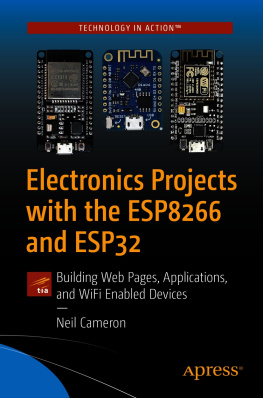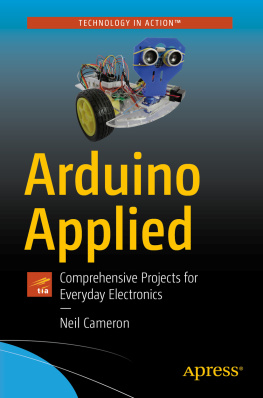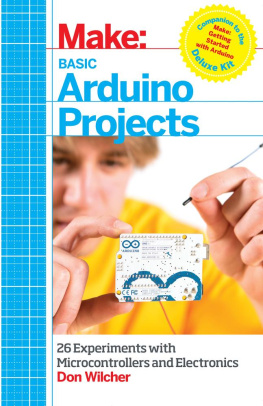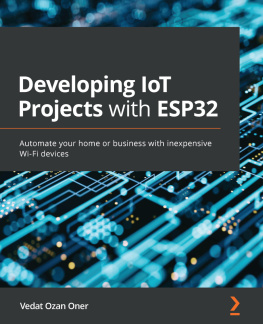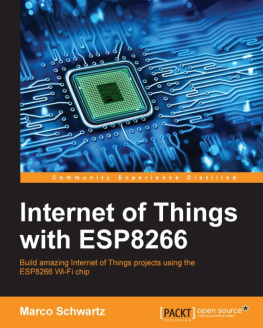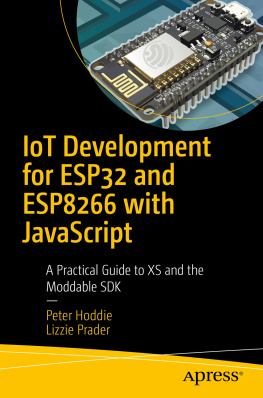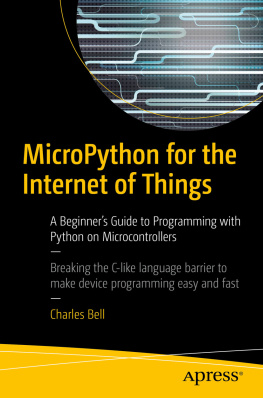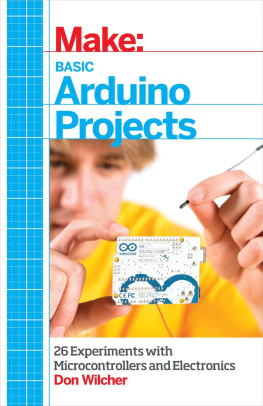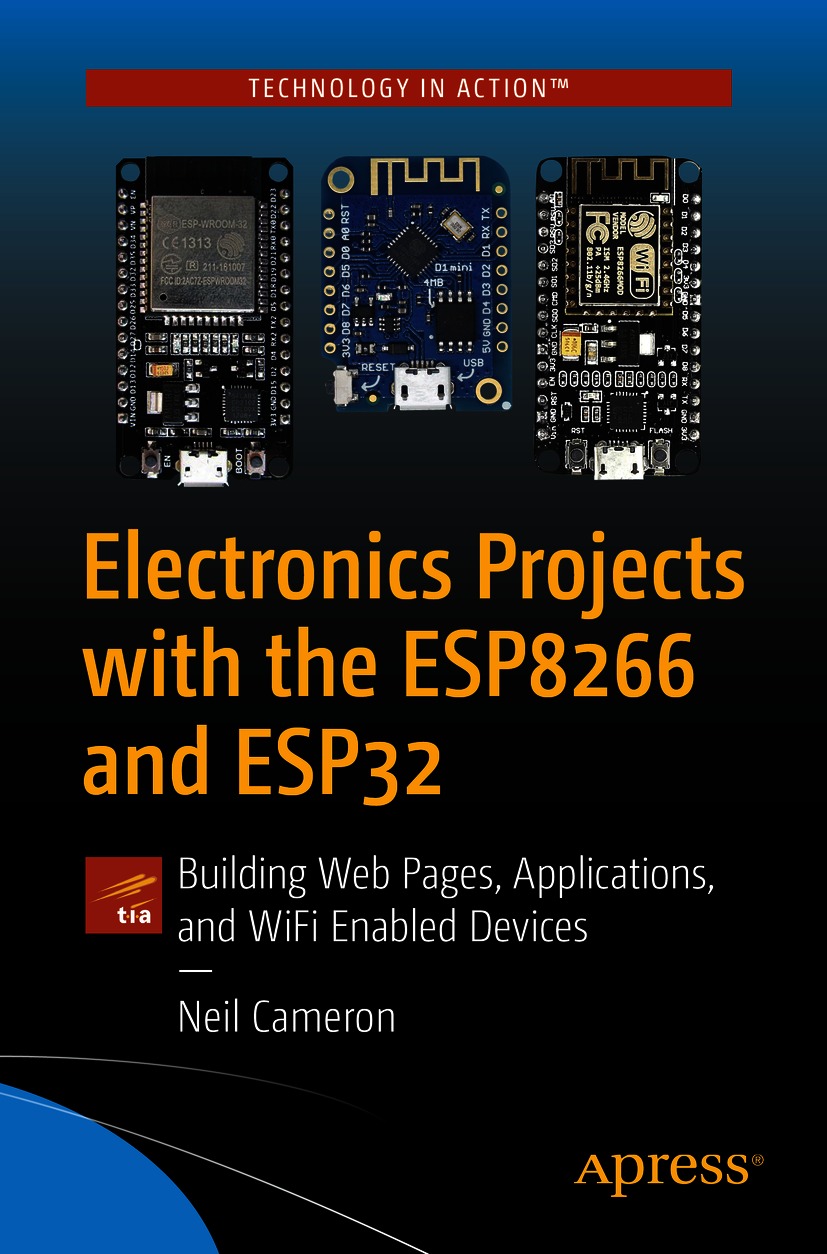Neil Cameron - Electronics Projects with the ESP8266 and ESP32: Building Web Pages, Applications, and WiFi Enabled Devices
Here you can read online Neil Cameron - Electronics Projects with the ESP8266 and ESP32: Building Web Pages, Applications, and WiFi Enabled Devices full text of the book (entire story) in english for free. Download pdf and epub, get meaning, cover and reviews about this ebook. year: 2020, publisher: Apress, genre: Computer. Description of the work, (preface) as well as reviews are available. Best literature library LitArk.com created for fans of good reading and offers a wide selection of genres:
Romance novel
Science fiction
Adventure
Detective
Science
History
Home and family
Prose
Art
Politics
Computer
Non-fiction
Religion
Business
Children
Humor
Choose a favorite category and find really read worthwhile books. Enjoy immersion in the world of imagination, feel the emotions of the characters or learn something new for yourself, make an fascinating discovery.
- Book:Electronics Projects with the ESP8266 and ESP32: Building Web Pages, Applications, and WiFi Enabled Devices
- Author:
- Publisher:Apress
- Genre:
- Year:2020
- Rating:5 / 5
- Favourites:Add to favourites
- Your mark:
Electronics Projects with the ESP8266 and ESP32: Building Web Pages, Applications, and WiFi Enabled Devices: summary, description and annotation
We offer to read an annotation, description, summary or preface (depends on what the author of the book "Electronics Projects with the ESP8266 and ESP32: Building Web Pages, Applications, and WiFi Enabled Devices" wrote himself). If you haven't found the necessary information about the book — write in the comments, we will try to find it.
Discover the powerful ESP8266 and ESP32 microcontrollers and their Wi-Fi communication. The ESP32 microcontroller features Bluetooth and BLE communication in addition to Wi-Fi. The book emphasizes practical projects and readers are guided through Wi-Fi and Bluetooth communication, mobile app design and build, ESP-NOW and LoRa communication, and signal generation.
Projects throughout the book utilize the Wi-Fi functionality and processing power of the ESP microcontrollers. Projects are built in the Arduino IDE, so you dont need to download other programming software. Mobile apps are now ubiquitous, making the app build projects of the book very relevant, as are the web page design projects.
In Electronics Projects with the ESP8266 and ESP32, youll see how easy and practical it is to access information over the internet, develop web pages, build mobile apps to remotely control devices with speech recognition or incorporate Google Maps in a GPS route tracking app.
You will
Build practical electronics projects with an ESP8266 or ESP32 microcontroller with Wi-Fi communicationUse the Wi-Fi function of the ESP8266 and ESP32 to update web pages
Communicate with your mobile phone or smart watch by Bluetooth Low Energy
Transmit and receive information to control remote devices over the internet
Understand the design and build of mobile apps for internet based applications
Apply your computer programming skills in C++, JavaScript, AJAX and JSONUse WebSocket, MQTT brokers and IFTTT for fast two-way communication with webpages
Who This Book Is ForThe target audience is for Makers and Tinkerers who want to build internet/intranet based applications with more powerful microcontrollers, such as the ESP8266 or ESP32. A level of C++ programming expertise with the Arduino IDE is assumed, although all sketches are fully described and comprehensively commented.
Neil Cameron: author's other books
Who wrote Electronics Projects with the ESP8266 and ESP32: Building Web Pages, Applications, and WiFi Enabled Devices? Find out the surname, the name of the author of the book and a list of all author's works by series.

